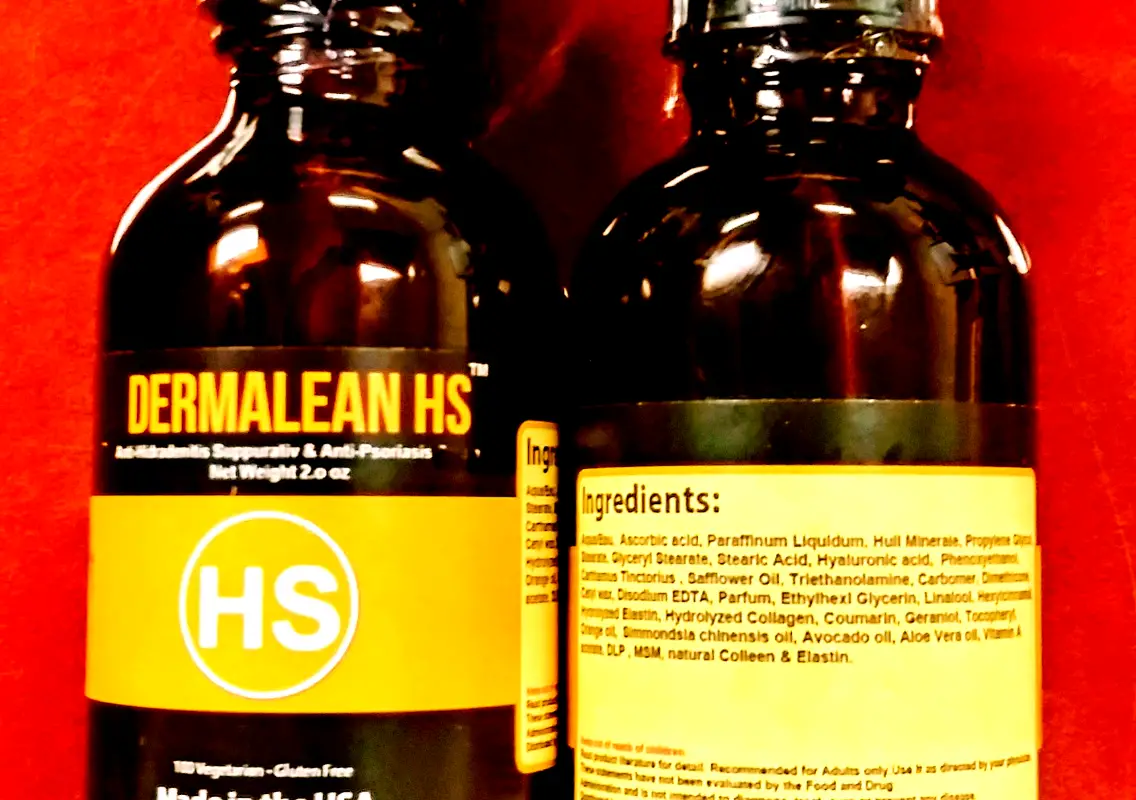Arthritis is a chronic condition characterized by inflammation and pain in the joints. It affects millions of people worldwide, causing discomfort and limiting their ability to perform daily activities. While there is no cure for arthritis, various treatments can help manage the symptoms. One popular method for alleviating arthritis pain is the use of topical creams. With so many options available, it can be challenging to determine which arthritis pain relief cream is most effective for you. This guide will provide key considerations to help you make an informed decision.
Understanding Arthritis Pain Relief Creams
Arthritis pain relief creams are topical treatments applied directly to the skin over the affected joints. These creams contain active ingredients that penetrate the skin to reduce pain and inflammation. They offer a convenient and often effective way to manage arthritis pain without the need for oral medications, which can have systemic side effects.
Key Ingredients to Look For
When choosing an arthritis pain relief cream, it is essential to understand the active ingredients and how they work. Here are some common ingredients found in these creams:
1. NSAIDs (Nonsteroidal Anti-Inflammatory Drugs)
NSAIDs such as ibuprofen and diclofenac are frequently used in arthritis creams. They work by reducing inflammation and pain at the site of application. These creams are often recommended for their effectiveness and relatively low risk of systemic side effects compared to oral NSAIDs.
2. Capsaicin
Capsaicin, derived from chili peppers, is another common ingredient in arthritis creams. It works by depleting a neurotransmitter called substance P, which is involved in transmitting pain signals to the brain. Capsaicin creams can be very effective, but they may cause a burning sensation upon initial application.
3. Menthol and Methyl Salicylate
Menthol and methyl salicylate are counterirritants that produce a cooling or warming sensation, distracting from the pain. They are often found in over-the-counter arthritis creams and can provide quick, temporary relief.
4. Lidocaine
Lidocaine is a local anesthetic that numbs the area where it is applied. It can be useful for providing temporary pain relief, especially for individuals with localized pain.
5. CBD (Cannabidiol)
CBD is a non-psychoactive compound found in cannabis. It has gained popularity for its anti-inflammatory and pain-relieving properties. CBD creams are becoming more widely available and may offer relief for some arthritis sufferers.
Factors to Consider When Choosing a Cream
Selecting the most effective arthritis pain relief cream involves considering several factors:
1. Type of Arthritis
Different types of arthritis may respond better to specific ingredients. For example, osteoarthritis, which is characterized by the breakdown of cartilage, may respond well to NSAIDs. Rheumatoid arthritis, an autoimmune condition, might benefit from creams with anti-inflammatory properties like CBD or capsaicin.
2. Severity of Pain
The severity of your pain can influence the type of cream you choose. For mild to moderate pain, over-the-counter creams containing menthol or methyl salicylate may be sufficient. For more severe pain, you might need a cream with a stronger active ingredient, such as an NSAID or prescription-strength medication.
3. Skin Sensitivity
If you have sensitive skin, it’s crucial to choose a cream that won’t cause irritation. Capsaicin creams, for instance, can cause a burning sensation, which may not be suitable for everyone. Look for creams labeled as hypoallergenic or specifically formulated for sensitive skin.
4. Ease of Application
Consider how easy the cream is to apply, especially if you have limited mobility or arthritis in your hands. Creams that come in a tube or pump bottle may be easier to use than those in jars. Some creams also come with applicators to help spread the product evenly.
5. Scent and Texture
The scent and texture of the cream can also affect your choice. Some people prefer unscented creams, while others might enjoy a mentholated scent. Additionally, consider whether you prefer a gel, lotion, or thicker cream based on your personal preference and comfort.
6. Cost and Accessibility
The cost and accessibility of the cream are practical considerations. Prescription creams may be more expensive but might offer stronger pain relief. Over-the-counter options are typically more affordable and readily available but may not be as potent.
Popular Arthritis Pain Relief Creams
Here are some popular arthritis pain relief creams to consider:
1. Dermalean HS
Dermalean HS is a popular NSAID cream containing diclofenac. It is widely used for its effectiveness in reducing pain and inflammation associated with osteoarthritis.
2. Aspercreme
Aspercreme contains lidocaine and is known for providing fast, temporary pain relief. It is available in various formulations, including creams, patches, and roll-ons.
3. Capsaicin HP
Capsaicin HP is a high-potency capsaicin cream. It is recommended for individuals who can tolerate the initial burning sensation and seek long-term relief.
Conclusion
Choosing the most effective arthritis pain relief cream requires understanding the active ingredients, considering your specific type of arthritis, and evaluating factors such as skin sensitivity, ease of application, and cost. By taking these considerations into account, you can find a cream that offers the relief you need to manage your arthritis pain effectively. Always consult with a healthcare professional before starting any new treatment to ensure it is safe and appropriate for your condition.







